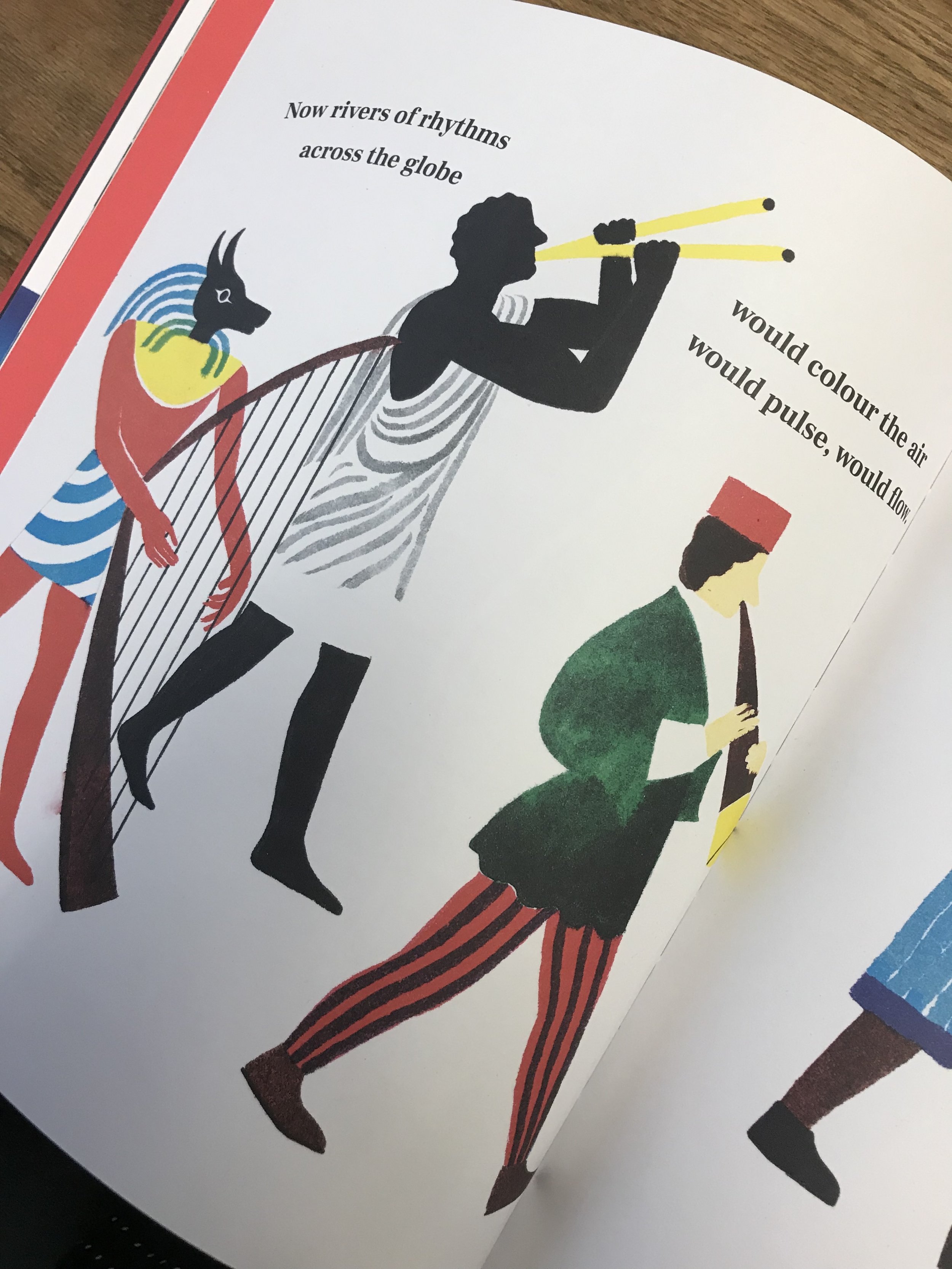Need Dance Class Backup? These 2 Books Can Help!
I dunno about you, but I’m up for all the help I can get when it comes to resources and tools for my dance classes. I’m all about creative props, engaging music, educational games, and books. Lots, and lots of books!
If you’ve been feeling like you need a little backup in your dance classes, here are two books I highly recommend: Alphabreaths by Christopher Willard and Once Upon a Rhythm by James Carter.
Now, before you think of these as book strictly for your creative movement or little kid classes, let me tell you why I love each of these so much, and how I’ve created lessons around these books for my own dance classes.
I think we all know by now that mindfulness and meditation are super important tools for our well-being, and personally, try to find every opportunity I can to incorporate these concepts into my dance classes (for example, my Body Positivity for dancers classes are all about growth mindset and creating a positive inner dialogue), so making dancers aware of their breath from the start is key.
Alphabreaths explores different breathing techniques with animals and emotions, making it accessible for many age groups. A is for Alligator breath, for example, which is a quick and sharp, snappy breathing. Use this concept with your little ones and explore levels (alligators move at low levels… what animals move at high levels, and how would that animal breathe?) , what pathway to alligators move with? (curvy), and what kind of energy do alligators move with? (slow, but also speedy and snappy). These are just a few examples.
For older dancers, try using these quick alligator breaths to encourage core activation in movements such as turns, partnering, and jumps, or even with their acting - what character might they be portraying that would need quick, sharp, or surprised breaths?
Every dancer, of every age and skill level needs practice and understanding of music, and musicality, which is where Once Upon a Rhythm comes in. With its bold design and illustration, it’s a quick trip around the musical world with plenty of diversity and history.
Use this book with younger dancers to explore beat and rhythm, marching, hopping, jumping, etc, as well as different geographical areas and their musical traditions. Maybe try character dancing, or classical Indian hand gestures. Older students can use this book as a jumping off point to research a musical era of their choice or explore a musical genres impact on dance.
Really the possibilities are endless, but these two books are great resources for any dance teacher who want to supplement their lessons with concepts that will connect, engage, and serve students for years to come!
Do you have a favorite, go-to book, or resource for your dance classroom? If so, I’d love to hear it in the comments below!


